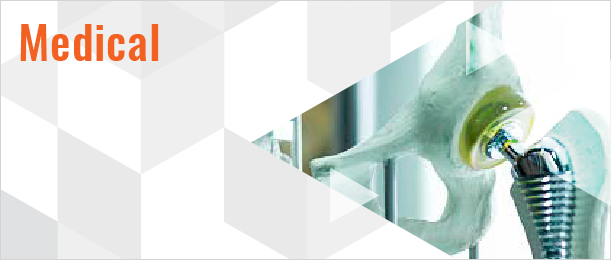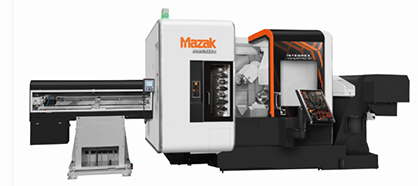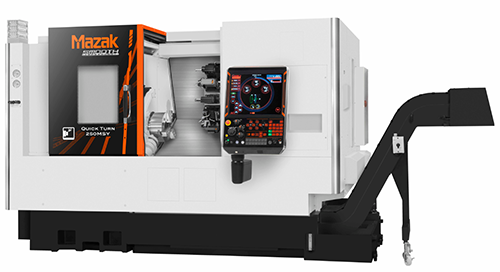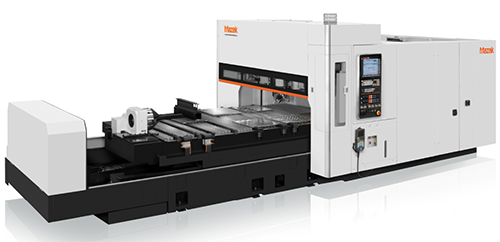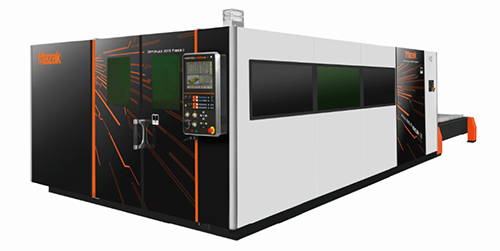Solutions for speed and precision
Medical manufacturers require high-speed machines that can accurately cut small, complex parts from tough materials. This must be allied to high-speed, high-performance spindles that produce superior surface finishes. However, whilst the machining is complex, and quality standards are high, there can be no compromise on production efficiency as the industry drives to achieve a lower cost base.
For these reasons, Mazak’s INTEGREX i-series machines are the trusted choice of many medical equipment manufacturers across the world, offering DONE-IN-ONE solutions with full multi-tasking and 5-axis machining, capable of producing the contours and shapes required with the superior part surface finishes that are expected. The INTEGREX i-100ST and its sister machine, the i-150, are ideal for small complex parts production. The machines combine the capabilities of a high-powered turning centre with a full-functioning 5-axis machining centre to produce parts in single set-ups, which offers dramatic reductions in lead-time and improved part accuracy. With 5-axis machining, greater production benefits can be attained when allied to an automation solution.
The compact INTEGREX i-100 BARTAC-ST Multi-Tasking machine, with its largest in class 102mm diameter bar capacity, employs two turning spindles, a lower turret and a fully contouring B-axis housing a milling spindle for full 5-axis machining and DONE-IN-ONE operations, making it perfect for the processing of small complex parts, such as surgical instruments and hip stems. The machine's Intelligent Bar Loader System, combined with integrated work unloading, optimises lights-out and unmanned running, which can dramatically reduce production costs.

